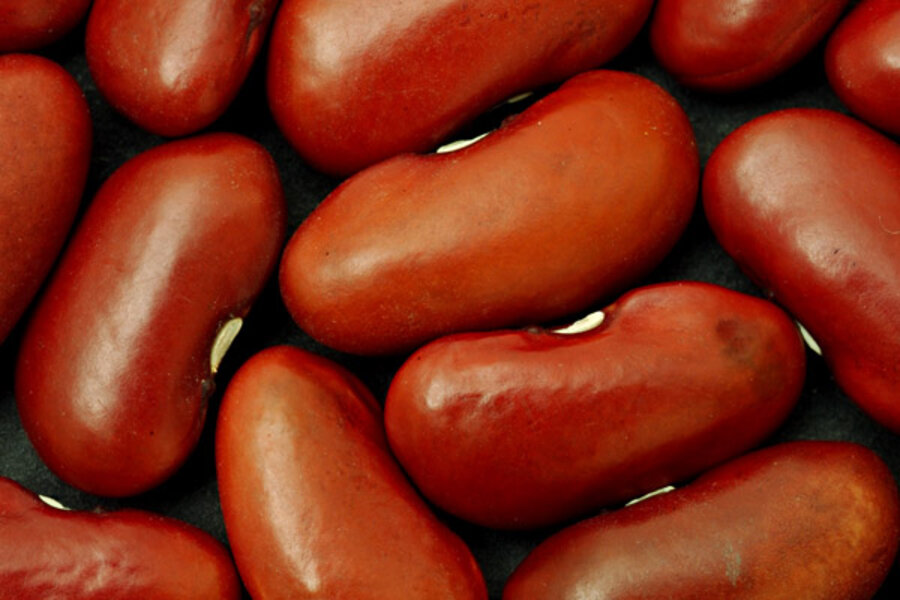What's the value of canning your own beans?
Loading...
Saving Pennies or Dollars is a new semi-regular series on The Simple Dollar, inspired by a great discussion on The Simple Dollar’s Facebook page concerning frugal tactics that might not really save that much money. I’m going to take some of the scenarios described by the readers there and try to break down the numbers to see if the savings is really worth the time invested.
Erin writes in: I have a question for your “Saving Pennies or Dollars?” series. It’s about dried beans, like pinto, great northern. Would it be worth the time to buy dried beans and can them myself, or am I better off just buying the cans at the store when they are on sale. I have a pressure canner and a simple recipe for canning my own beans.
First of all, it’s pretty easy to find canned beans at the store for $1.50 per can or even a bit less than that. Canned beans are not a particularly expensive item.
Having said that, you can easily find dried beans for $1.40 per pound or less.
So, how much does that equate to? Beans approximately double in weight during the cooking process due to the absorbed water. A 15 ounce can of cooked beans, in other words, equates to about 7.5 ounces of dried beans. Thus, the cost of an equivalent amount of dry beans is about $0.65. You’ll save about $0.85 per can cooking them yourself, in other words.
However, that accounts for just the cost of the beans. If you wish to can them, there is significant cost to the canning process – a pressure cooker (for non-acidic items), a large pot (for water-bathing acidic items), jars, lids, and rings are all required to make this work, and these items all eat into the $0.85 per can you’re saving by canning yourself.
Lids can vary greatly in cost. If you want reusable plastic lids, you’ll be spending about a dollar each to get started, but you can reuse them a few dozen times before dings begin to make them not work, bringing the cost down to $0.03 per use. Other lid options have a lower initial cost, but are one-time use.
Jars and rings often come together for approximately $1 apiece in twelve packs. Again, you’re going to reuse these things many times, so the cost quickly goes down into the range of $0.05 (given my own history of breaking jars, 20 uses seems like a reasonable number).
A pressure cooker is going to be your big cash outlay. You can get a decent pressure cooker for about $40, which should last you a long time. Let’s say you use it 100 times with 6 jars each, though. That’s still a cost of about $0.07 per jar for the canner.
These costs quickly knock down the savings you get from canning. In fact, it’s going to take several batches of canning for you to reach a point where you’re breaking even on the supplies compared to buying cans of the food in the store.
If you notice, the cost per jar for each of the items above assumes a lot of uses, so if you’re only canning a few times a year, it’s probably not cost effective to do it.
From my own experience, I find that the time invested per jar canned across a lot of different things is about eight minutes. In other words, if I’m canning six jars of something, the time to actually can the items versus just making the items and putting them in the refrigerator is about forty five minutes or so.
Now, if I’m saving $0.65 per jar (the $0.85 in savings from using my own beans minus the $0.20 in costs for canning) and it’s taking me eight minutes per jar, I’m saving about $4.88 per hour of canning. Frankly, it’s not worth it at that price for me just as a savings method. There is savings there, but not enough to make up for the lost time.
However, the food quality is a factor, too. I’d far rather eat a food item I canned myself than a canned food item from the store. The quality of garden-fresh salsa I made myself and canned versus a jar of salsa from the store is huge, for example. The same is true for almost anything else – including beans.
So, are you doing this to save big money? No. You’re saving a little, but not a lot. You’re doing this because you’re turning out high-quality food for your pantry and saving a little bit of money, too. For me, that adds up to a worthwhile deal.





